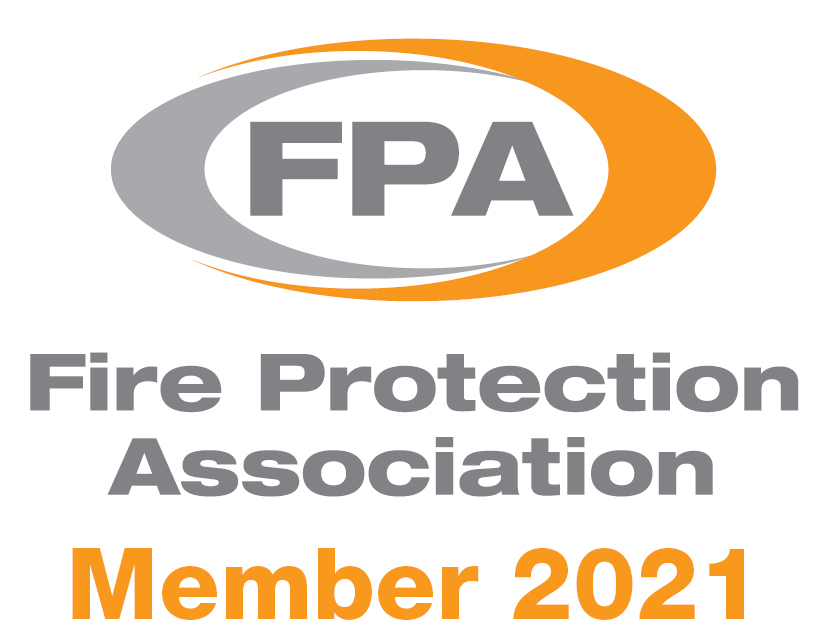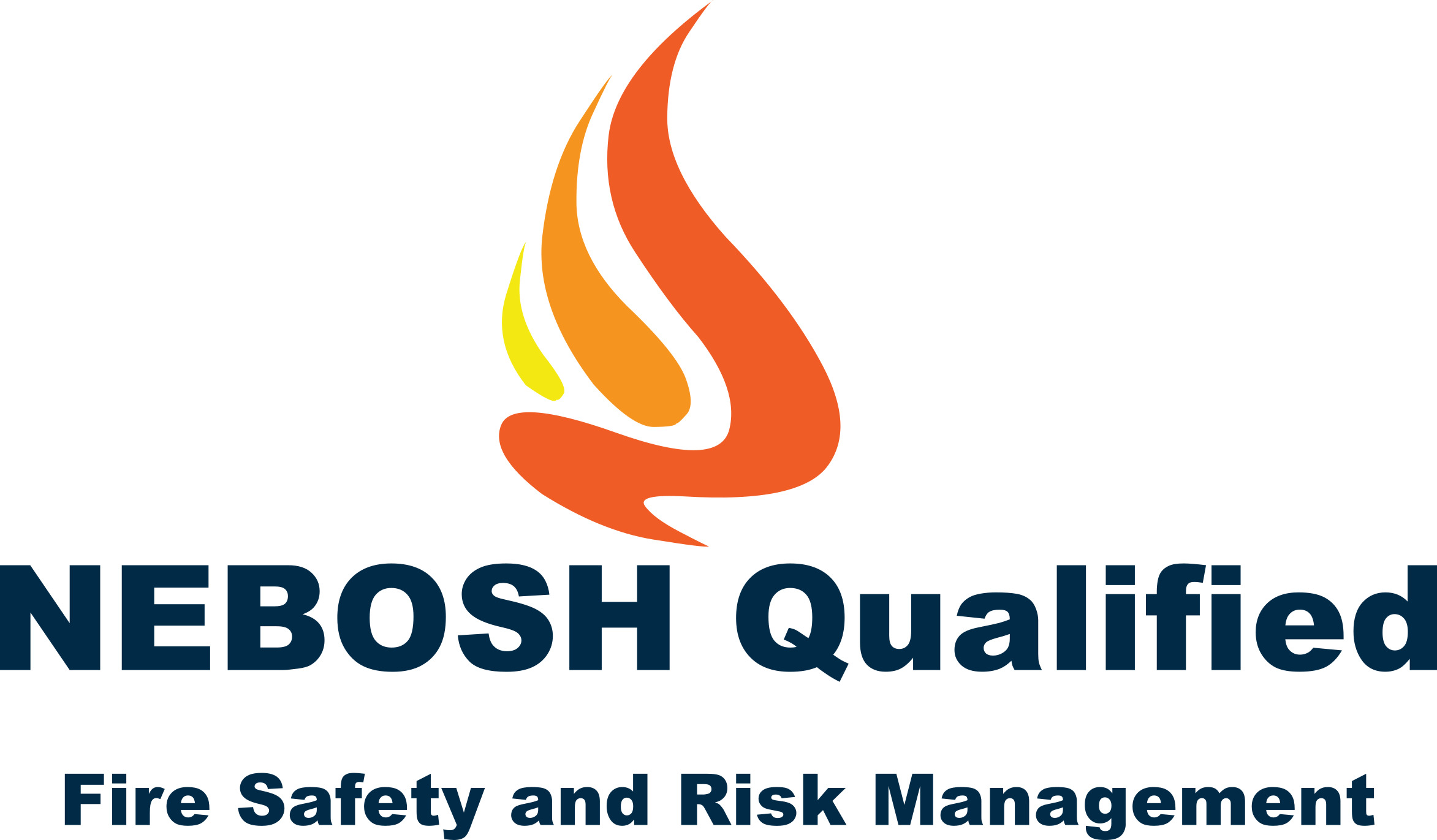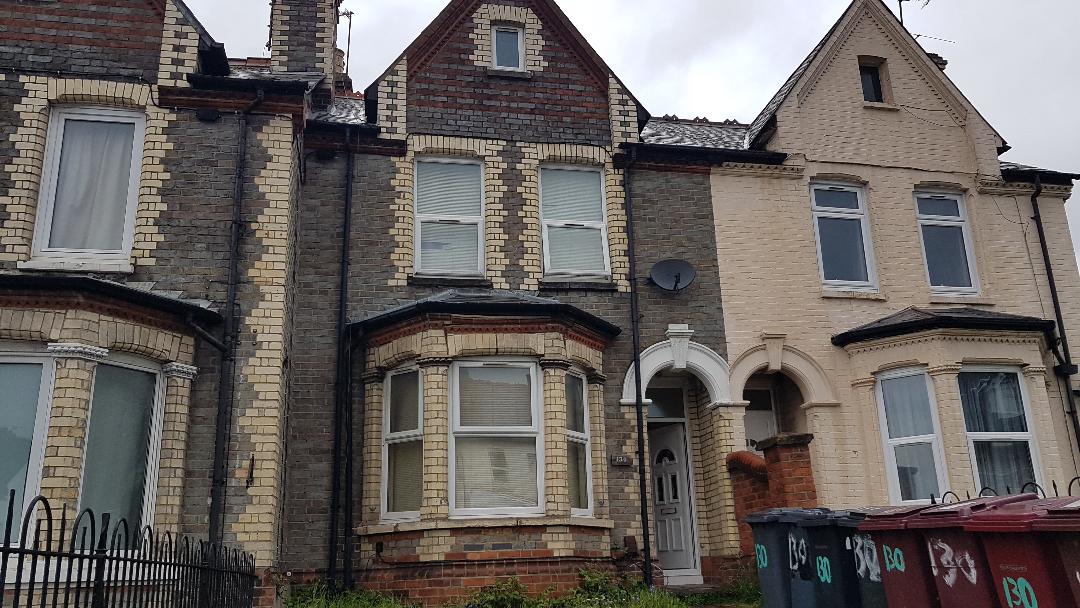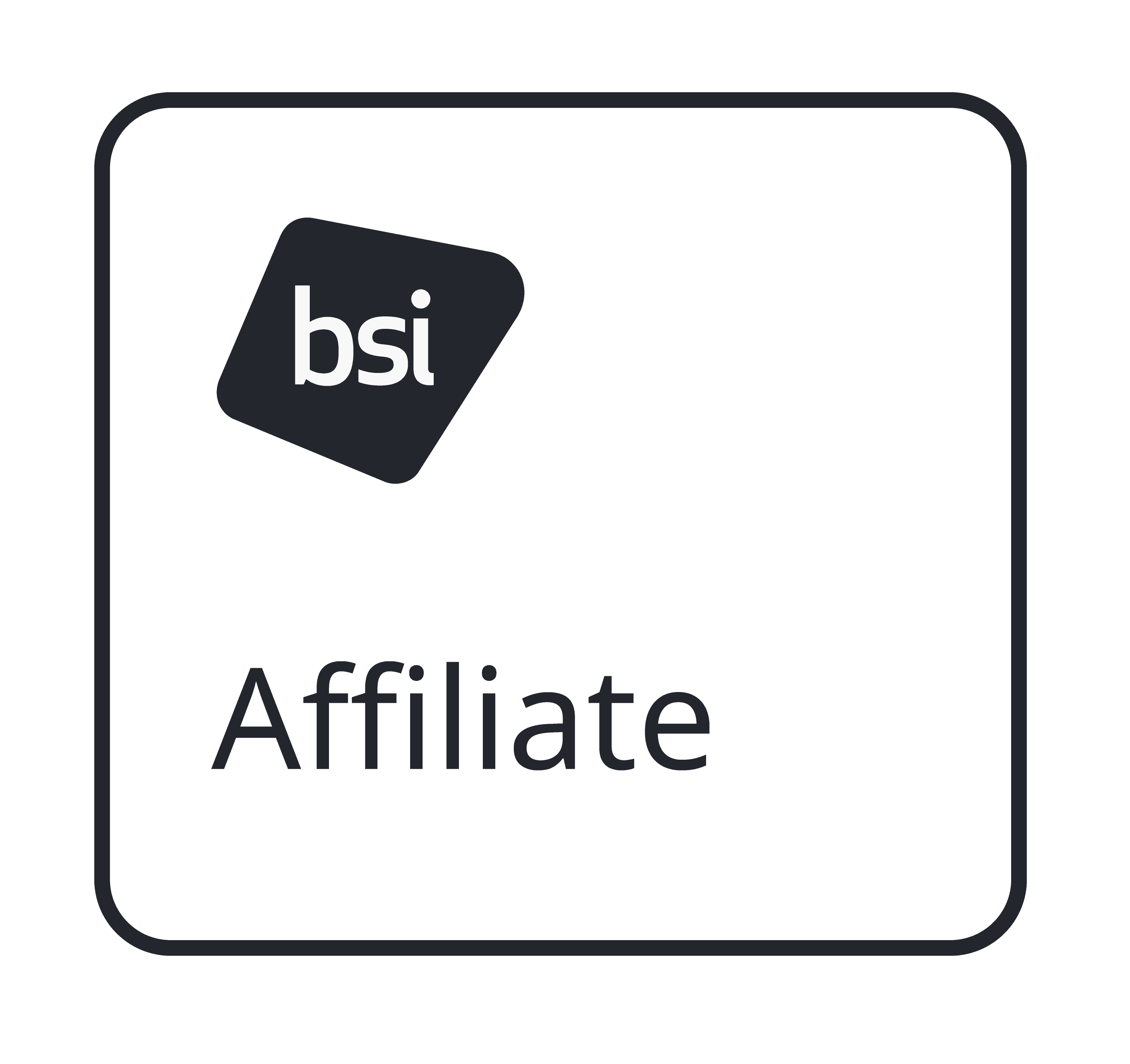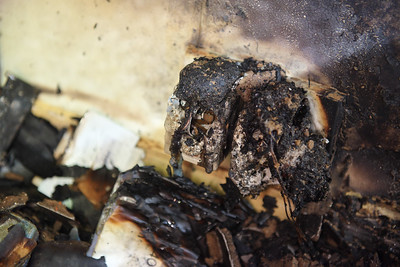
Ensure Compliance with the Fire Regulations
Online Quotation
Located Solihull, Birmingham Area.
Main areas covered include - Coventry, Stoke, Nottingham, Leicester, Stafford, Shrewsbury, Telford, Milton Keynes, Oxford, Luton, Uxbridge, Hemel Hempstead, Banbury. Gloucester, Wolverhampton, Worcester, Northampton, Derby, Hereford
See Genuine Valid Google Customer Reviews Below
Workplace Housekeeping

Many people think good workplace housekeeping consists of cleaning floors and surfaces and keeping the place generally tidy. Good housekeeping means a lot more. Good housekeeping is crucial to avoid injuries, improve morale, make good impressions to visitors and of course to avoid the the start and spread of fire. All staff should play a part to ensure that good housekeeping is an ongoing managed process.
Good Workplace Housekeeping.
*Ensure combustible materials do not accumulate within the workplace area. Combustible waste should be stored in covered metal receptacles and disposed of on a daily basis if possible.
*Keep combustible materials in the work area only in amounts needed for the job in hand. When not required, move them to a safe, secure storage area.
*Store flammable materials in designated locations and not in close proximity to ignition sources.
*Store flammable aerosols, paints, thinners, etc within a metal secure COSHH cabinet.
*Avoid contaminating clothes with flammable liquids. Change clothes if contamination occurs.
*Keep escape routes/passageways and fire doors free of obstructions. Stairwell doors should be kept closed. Do not store combustible items beneath stairs.
*It is recommended to keep materials at least 18 inches distance from automatic sprinklers, fire extinguishers and sprinkler controls. Clearance of 3 feet is recommended between piled material and the ceiling. If stock is piled more than 15 feet high, clearance should be doubled.
*Faults within electrical areas should be reported, and rectified immediately.
*Ensure rags used with flammable substances for example oils, thinners etc are disposed of in a small metal covered container and disposed of daily.
*Keep corridors, stairways, emergency exits, electrical panels/rooms and doors clear of clutter, and clear untidy areas. Empty waste receptacles/bins before they overflow.
Good Workplace Housekeeping. Prevent Slip/Trip Hazards.
*If a fire occurs it is vital that all persons can escape from the premises as quickly as possible and without any slip/trip hazard to hinder rapid escape.
*Report and clean up any spills and leaks. Ensure regular cleaning takes place within the premises.
*Keep aisles and fire exits/escape routes clear of obstructions.
*Consider installing mirrors and warning/directional signs to help with blind spots/confusing escape routes.
*Replace worn, ripped or damage flooring/carpets that can cause a trip hazard.
*Consider installing anti-slip flooring in areas that can’t always be cleaned.Use drip pans and guards.
Slips, Trips & Falls Online Training Course
This Slips, Trips and Falls training course shows how to control the slip, trip and fall risks in your workplace so that you can protect yourself from accidents and comply with your workplace's health and safety requirements to ensure good workplace housekeeping.
Slips, trips and falls are the most common hazards in workplaces of all kinds, contributing to over 10,000 serious injuries each year. This training course will help you understand where these hazards originate, how to prevent them from causing harm, and how to carry out your work activities safely.
*Developed by health and safety professionals
*Accredited by CPD and Approved by RoSPA
*Fully online course and assessment with no time limits
*Full audio voice over
*Approximate duration: 1-2 hours
*On completion, certificate is posted the next working day
Cost £25.00 - See Full Details
Control the accumulation of Dust.
The excessive accumulation of dust within the workplace can cause risks for fire and health. Premises that are particularly at risk include - Woodworkers and Carpenters (fine wood dust). Construction/Building materials (wood, cement, gypsum board, and asbestos dusts), Bakeries(flour dust), and Textile manufactures (fabric and cotton dusts).
Access every horizontal surface of your plant, including duct work, beam and joist surfaces and the area above suspended ceilings, to assess dust build up levels.
When does the dust level incur a risk?
As a guide if the thickness of dust is more than 0.8mm then an immediate clean is then recommended provided the dust layer covers a surface area equal to 5% of the floor area (include dust on all surfaces beams, joists, ducts, etc. when determining the dust coverage area).
Workplace Housekeeping - Clean at regular intervals.
A written plan is recommended for good workplace housekeeping with cleaning frequencies established for all horizontal surfaces. Take care to minimize dust dispersion during housekeeping.
Relocate dust collectors outside the premises.
As a guide dust collectors with a volume greater than 8 cubic feet should be located outside of buildings, to limit the risk of further dust displacement.
Ensure regular staff training takes place.
Train before they start work and again periodically.In addition to understanding safe work practices relating to their tasks, employees should also know the overall plant programs for dust control and ignition source control. Develop a company culture of safety by encouraging employees to report unsafe practices to ensure good workplace housekeeping .
Dust can cause dust explosions.
The dust explosion at the Bosley Flour Mill in Cheshire, England happened in July 2015 ans caused 4 deaths and 4 injuries.
Dust explosions occur when -
The combustible dust is suspended in the air at a sufficiently high concentration There is an oxidant (typically atmospheric oxygen)
There is an ignition source. For example machinery/electricity which could cause sparks.Under the right conditions, some combustible dusts can self-ignite as a result of static that builds up as particulates rub against one another.
The area is confined — a building can be considered an enclosure.
If an explosion occurs there is often a primary explosion which then causes a far larger secondary dust cloud to form which when ignited can have far more impact as the cloud can be far larger.
See Video below - February 2008 explosion at the Imperial Sugar refinery plant in Port Wentworth, Georgia. The blast killed 14 people and injured dozens more.
Surveillance video below as it happened which demonstrates the size of the explosion.
Workplace Housekeeping - How to prevent dust explosions.
Make a list of all the materials used in the factory which may form a dust cloud, either as part of the process or by some other means.Through Material Safety Data Sheets, dust testing or published explosibility data, identify those materials which are known to be explosible. Post "No Smoking" signs. Control static electricity by bonding and grounding equipment. Provide personal protective equipment, as needed, not only as a protective barrier for the employees, but also to prevent ignition from static electricity.
Consider possible ignition sources. These might include:
(a) heat energy, e.g. heating installations, internal combustion engines, open fire and flame, hot surfaces, smoking, hot work (including welding spatter), laser or other intense radiation sources;
(b) electrical energy, e.g. electrical lighting devices, electromagnetic radiation, short circuit, electrical arc,earth fault, conductor fault, lightning strike, discharges of static electricity, loose contact, excessive temperature rise due to overload, induction heating, resistive heating, connection to inappropriate electrical supply;
(c) mechanical energy, e.g. friction (binding, rubbing, overheating), ultrasonic, impact, grinding, compression (including adiabatic compression and shock waves);
(d) chemical energy, e.g. self-heating, impact and heat sensitive materials such as pyrophoric substances and thermite reaction sparks, runaway exothermic reaction.
In particular, consider activities, such as maintenance, where there is the potential for a high level of risk. Ensure all equipment machinery is regularly maintained. Equipment in bad repair is a common cause of ignition.
Substitute a non-flammable material for a flammable one.
(b) Prevent the formation of an explosive atmosphere. This may be by oxygen reduction (inerting) or by reducing the formation of dust cloud below the minimum explosible concentration. Dust suppressed materials, for example, use oil additives to stop dust clouds forming. Screw elevators, unlike belt and bucket elevators, produce no internal dust cloud. In some instances, it may be prudent to stop using a particular piece of plant or operation altogether until the safety issue is resolved.
Risk reduction - Workplace Housekeeping
(a) Reduce the quantity of dust cloud to a minimum.
(b) Eliminate as many potential ignition sources as possible. For example, use a robust permit-to-work system to prevent ignition through hotwork procedures, including the issue of written instructions for the carrying out of the work.
(c) Provide suitable personal protective equipment.
(d) Provide adequate training for plant personnel, including the findings of the risk assessment.
(e) Maintain work processes in an efficient state, in efficient working order and in good repair.
Explosion protection
(a) Install adequate explosion relief, discharging to a safe area. Alternatively, use flameless explosion vents.
(b) Install explosion suppression.
(c) Install explosion containment.
(d) Install explosion isolation equipment
Useful further information link
